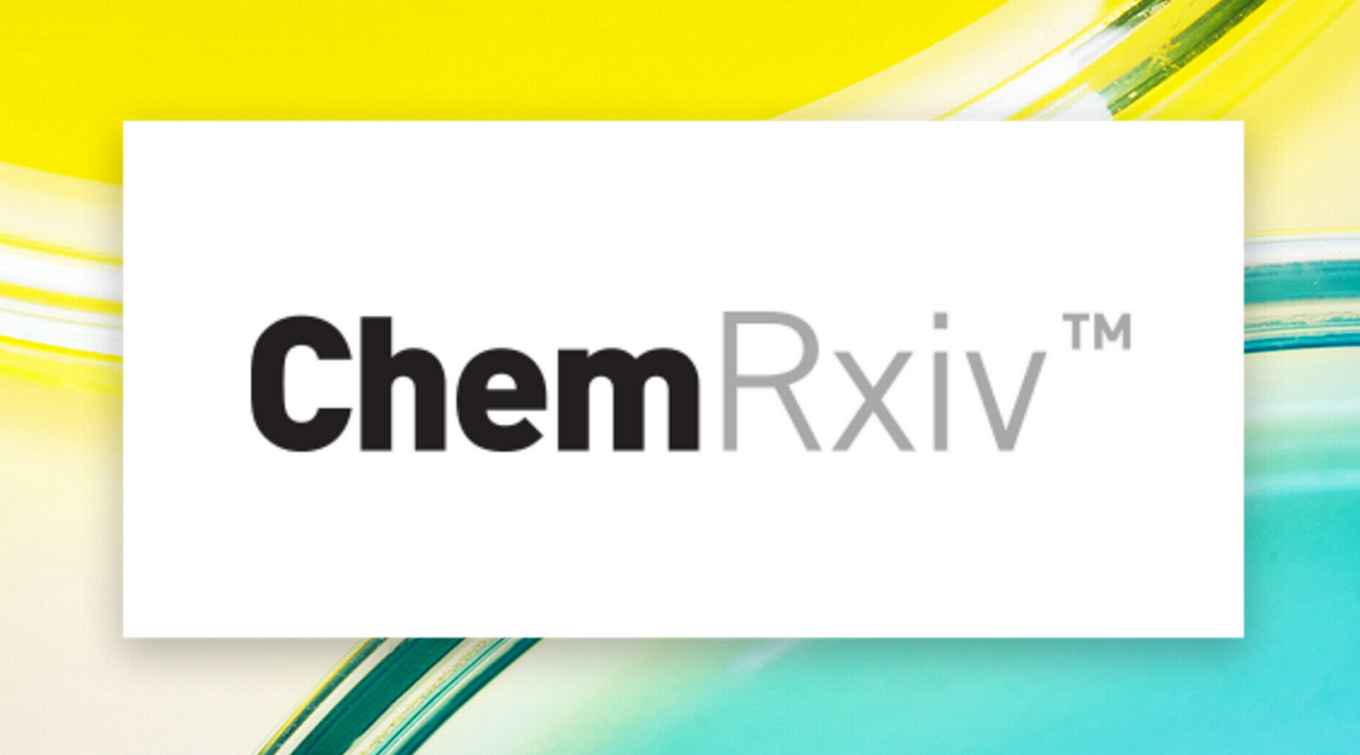First UvA manuscript on new ChemRxiv preprint server
24 October 2017

There is a clear global trend in the scientific community towards Open Science, Open Access and Open Data, and the ChemRxiv preprint server is part of that movement. According to HIMS project leader Dr René Williams, "it is a thrill to get your work directly out into the world without delay, when you decide". He thinks the manuscript may be not only the first UvA manuscript to be uploaded to ChemRxiv, but possibly even the first Dutch contribution to the server.
No delay
Using ChemRxiv eliminates the delay of the publishing process which takes at least 6 weeks and sometimes up to a year. Williams: "It makes us less dependent on publishers, editors and possibly unwilling or protective referees." In his opinion general scientific and economic progress will be faster if all researchers would share their results on a daily basis. "That's why funding agencies and governments stimulate and support Open Science, Open Acces and Open Data".
Physicist have been using pre-print servers for decades, but up until now, chemists have been more 'protective' and less 'open' about their work. Williams: "I was already contemplating on using 'arXiv', the physics preprint server, but then I found out about ChemRxiv. Timing was perfect and my next manuscript will also go on ChemRxiv, maybe even at an earlier stage."
According to Williams the young researchers on the paper have already benefitted from the immediate world-wide access, as they are applying for new jobs, PhD positions or MSc programs. "They say it is already influencing their career-opportunities and are even more happy about this preprint than I am! More than 500 people have looked at our manuscript within ten days."
Perovskite crystals
The publication describes a method for stabilizing perovskite crystals in thin films through variations in the chemical composition enhancing their photoluminescent properties (which relates to the so-called Shockley-Queisser limit).

"There is immense attention on perovskites for solar cells", says Williams. "All people I know that work on photovoltaics, be it silicon, organic or dye sensitized solar cells, have shifted at least part of their focus to these materials. The publication pressure is therefore larger than normal which makes immediate publication a strong benefit."
Williams submitted the manuscript to a journal the same week it was made public on ChemRxiv. Most chemistry journals comply with pre-print servers, according to the HIMS researcher. "But not all. You have to check your target journals."
Article
Loreta A. Muscarella, Dina Petrova, Rebecca Jorge Cervasio, Aram Farawar, Olivier Lugier, Charlotte McLure, Martin J. Slaman, Junke Wang, Elizabeth von Hauff and René M. Williams: Enhanced Grain-boundary Emission Lifetime and Additive Induced Crystal Orientation in One-Step Spin-Coated Mixed Cationic (FA/MA) Lead Perovskite Thin Films Stabilized by Zinc Iodide Doping.
DOI: 10.26434/chemrxiv.5484073
ChemRxiv available since August 2017
ChemRxiv (pronounced "chem-archive") is a repository of electronic preprints in chemistry and related areas. Available since last August in a fully functioning Beta version it is openly accessible, with no subscription fees for readers and no submission charges for authors.
Following in the footsteps of arXiv and bioRxiv, preprint servers focused on physics and life sciences, respectively, ChemRxiv enables researchers working across a broad range of chemistry fields to share early results with their colleagues ahead of formal peer review and publication. Preprints are not peer-reviewed, are unedited, and are not prepared for publication beyond the author's original submitted files. ChemRxiv conducts a basic screen for plagiarism, offensive language, and non-scientific content.
ChemRxiv is supported by the American Chemical Society, the Royal Society of Chemistry, the German Chemical Society and other not-for profit organizations, as well as other scientific publishers and preprint services. The American Chemical Society manages ChemRxiv and it is powered by Figshare, an online digital repository for academic research.
Preprints are fully citable and part of the scientific record, including being indexed by Chemical Abstracts Services, CrossRef, and Google Scholar. Preprints are not indexed by Web of Science.

